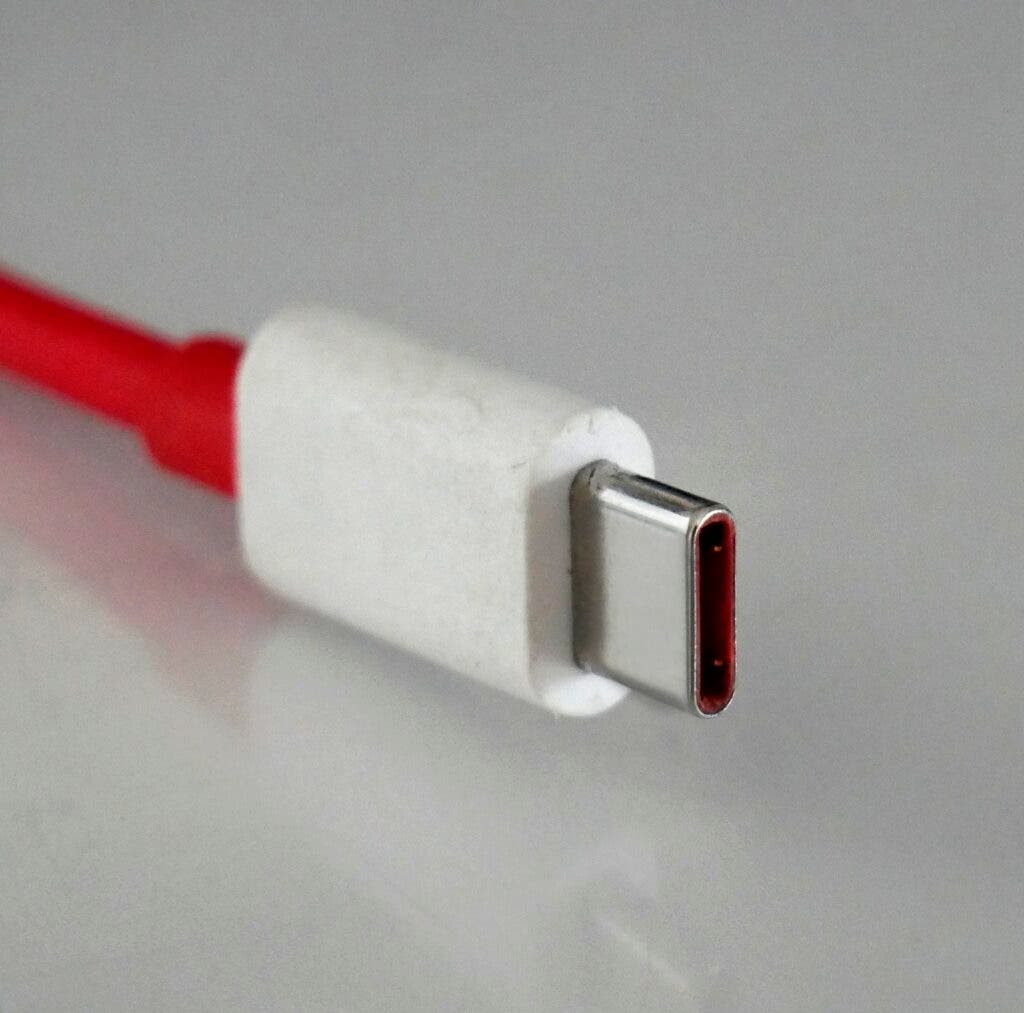The EU Parliament passed new legislation requiring USB type-C to be the single charger standard for all new tablets, cameras, and smartphones from late 2024. The new rule, which lawmakers approved with a vote of 602 in favor and 12 against, will force Apple to drop its Lighting port on its iPhones to the USB-C one used by its competitors.

The law now has to be approved by the EU Environment Council, but that’s considered a formality as a political agreement has already been reached between legislators. Once the Council gives the official green light, the law will enter into force. It will first apply to cameras, mobile phones, and tablets in late 2024 and will then be extended to laptops by spring 2026.
EU policymakers argue the single charger rule will make the life of Europeans much simpler while reducing the mountain of obsolete chargers and lowering costs for consumers. It’s expected to save at least $195 million per year and reduce more than a thousand tons of electronic waste every year, the EU’s competition chief estimated.
“Today is a great day for consumers, a great day for our environment,” lawmaker Alex Agius Saliba, the EU Parliament’s pointman on the issue, said in a statement. “After more than a decade, the single charger for multiple electronic devices will finally become a reality for Europe and hopefully we can also inspire the rest of the world.”
A problem for Apple
Apple, the world’s second-largest seller of smartphones after Samsung, already uses USB-C on its iPads and laptops. But it has resisted legislation to force a change from its Lighting ports on its iPhones, claiming it would stifle innovation. However, users have complained that Lighting cable transfers data at a fraction of the speed of USB-C.
Manufacturers of electronic consumer items in Europe agreed a decade ago on a single charging norm from dozens available in the market as part of a voluntary agreement. However, Apple has refused to abide by it, and other companies kept their alternative cables going. They include mini-USB, USB-A and USB-micro – a jumble of cable options.
USB-C ports come with a wide array of benefits. They can charge at up to 100 Watts, transfer data up to 40 gigabits per second and can serve as hook up to external devices. Apple also offers wireless charging for its latest iPhones. But the wireless option offers lower power and data transfer speed when compared to USB-C.
Another component of the legislation requires device makers to incorporate labels that inform consumers about the charging characteristics of new devices, hoping to make it easier for them to see whether their existing chargers are compatible. The idea is that they can make an informed choice about whether or not to buy a new charger with a new product.
However, there’s the risk that confused consumers will buy a new charger “just in case” – generating charger e-waste, and it’s likely that some retailers will try to take advantage of this to generate extra money.
Ultimately, though, the move is expected to reduce e-waste, which is a growing problem not just in Europe, but in much of the world as well. Currently, disposed and unused chargers account for about 11,000 tons of e-waste in the EU every year, according to the EU Commission.
“We have waited more than ten years for these rules, but we can finally leave the current plethora of chargers in the past. This future-proof law allows for the development of innovative charging solutions in the future, and it will benefit everyone – from frustrated consumers to our vulnerable environment,” Parliament’s rapporteur Alex Agius Saliba said.









